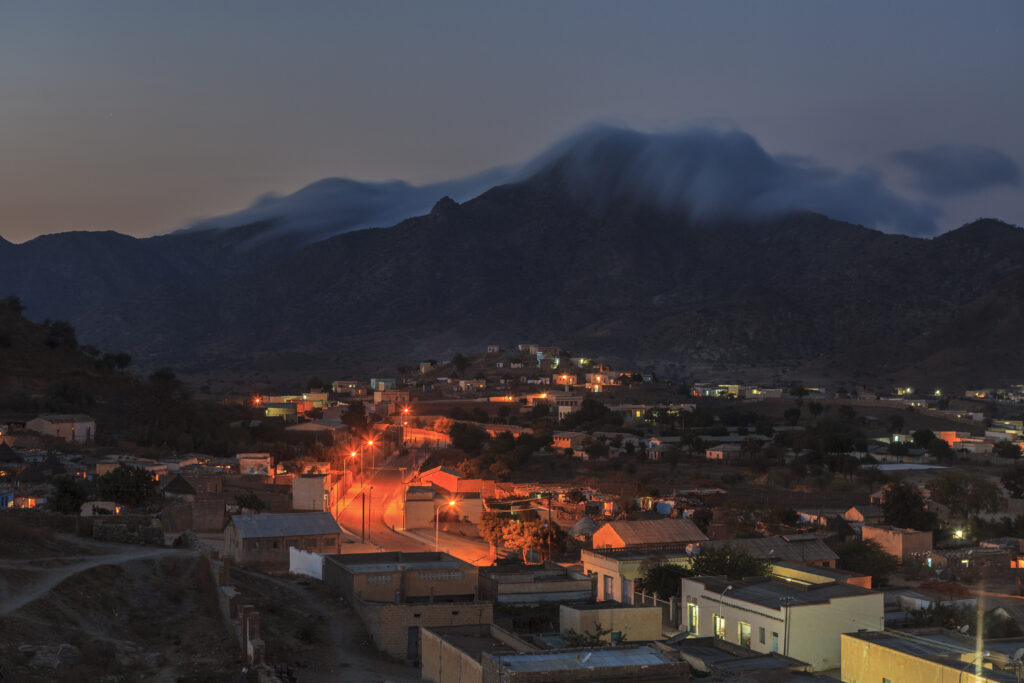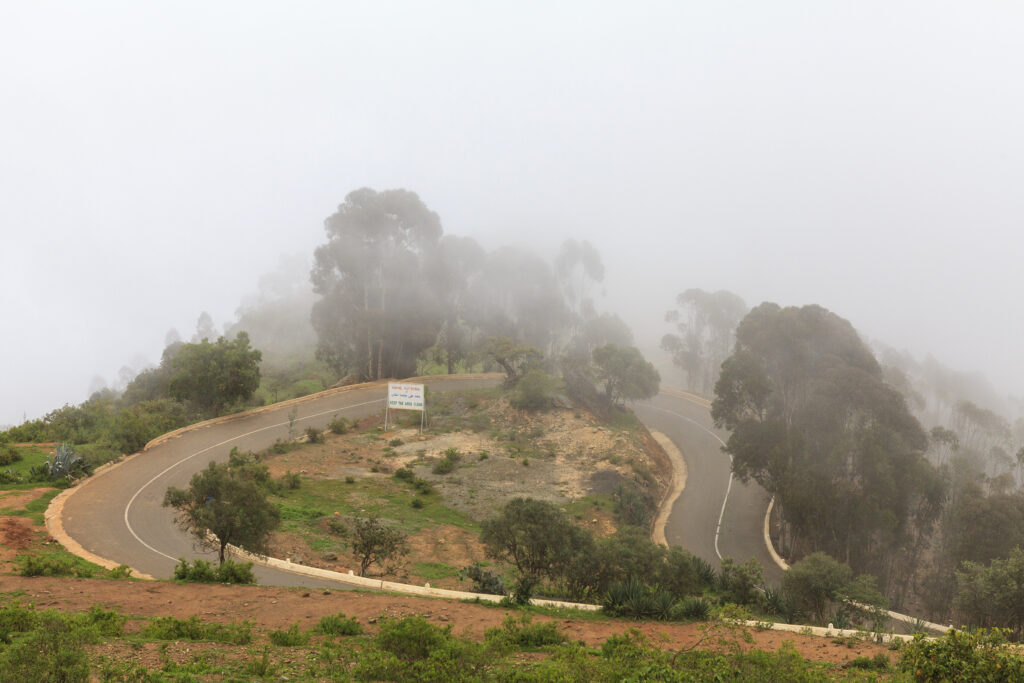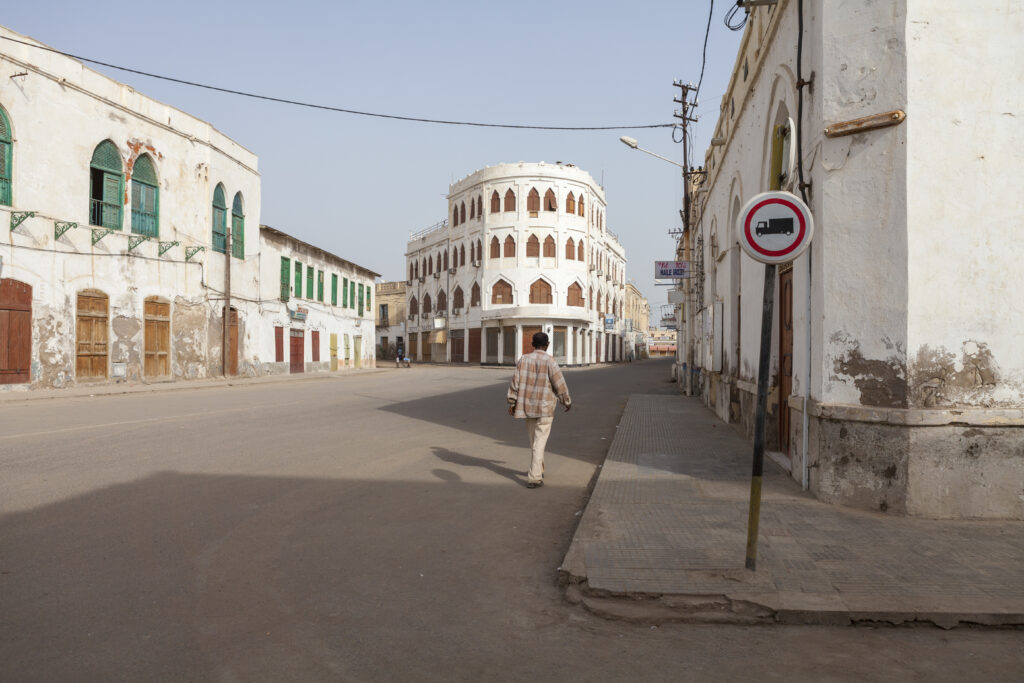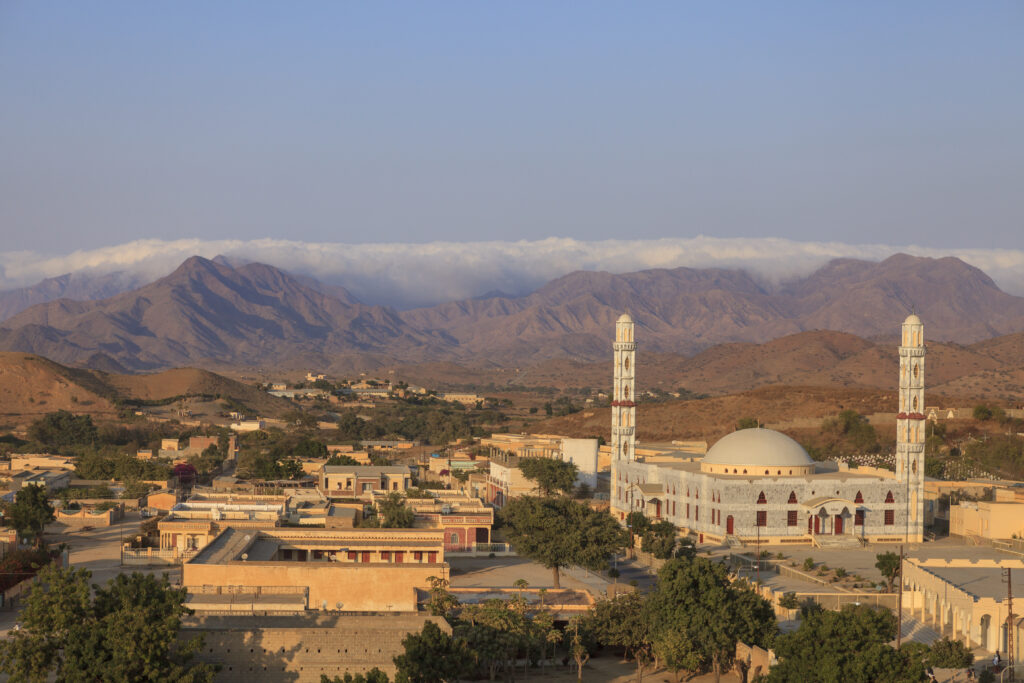Not a lot of people know Eritrea. Firstly, Eritrea is a mountainous country with some spectacular roads. Secondly, it has a rich cycling tradition that is undiscovered. However, every month as many as 5,000 people leave because of the authoritarian regime known for human rights violations. There are no mobile connections, no ATMs, no SIM cards and people still rely on public payphones to make calls. Photography is almost impossible in the area and the series of images that follow this article are from random documents made by Ian G.C. White while working on a project for Redbull, a cycling documentary that features track bike extremist Patrick Seabase travelling to Eritrea with the aim of riding down the 103 kilometres road from the highlands to the Red Sea shore without any brakes on his bike.

When we reached out to Ian expressing our interests in his images he described them as “personal street wonderings and side shots whilst working as part of a team.” Speaking more about Asmawa he described Eritrea as: “…a visual feast. Such a diverse landscape and topography between the highlands and lowlands…”
Most things are easily forgotten over time. Our wars, life and death, even the struggles we go through, as time pass, start to feel like something that never happened. With how fast time moves we are so caught up in our everyday lives that events of the past die slowly. Too many things to think about every day, too many new things to see and photograph. However, no matter how much time passes, no matter what occurs, there are some memories that never go into oblivion, memories we can never rub away because some memories feel like home. In this article, Ian G.C White has shared with us his memories of Eritrea and also how he found photography.
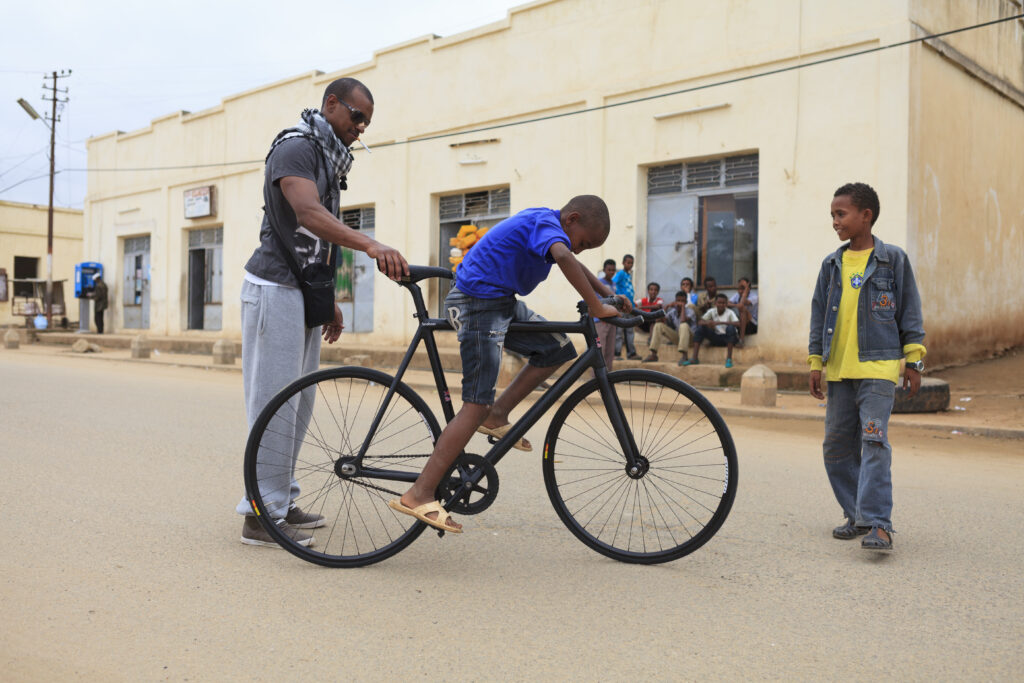
Please can you start off with an introduction about yourself? Your name, where you are based currently and if you feel comfortable you can throw in a little about your upbringing.
My name is Ian G.C. White. I’m a freelance photographer and artist. I work on commercial and editorial projects alongside my own personal artistic and creative endeavours. Home is with my partner, son and dog in a wonderful place called Spiez, a small town on a lake in the Berner Oberland of Switzerland.
I was born in Croydon, England, in 1973. At the age of 6, my parents moved from the city to a quiet, small rural town called East Grinstead. The place is oddly known as a crossing point of meridian energy ‘ley lines’ and home to many different spiritual and religious cult groups. It’s been described by VICE as the Twin Peaks of England and has the moniker of Britain’s strangest town.
As a teenager, I was drawn towards outsider and underground interests like skateboarding, graffiti, hip hop and acid house music. One desire from an early age was to travel the world. I loved travel books and real-life stories of adventures into the unknown. ‘The Fearful Void’ by Geoffrey Moorhouse was a big favourite. He traversed the Sahara desert from the Atlantic to the Nile, by camel and by himself.
His reason for making the journey was “to examine the bases of fear and to explore the extremity of human experience”. This fascinated me. On my teenage bedroom wall, I’d hung a large plywood board to which I stuck images cut from travel magazines and books, forming a collage of faraway exotic places. It was constantly evolving and ultimately motivated me to leave the town and start my own adventure exploring the wider world.
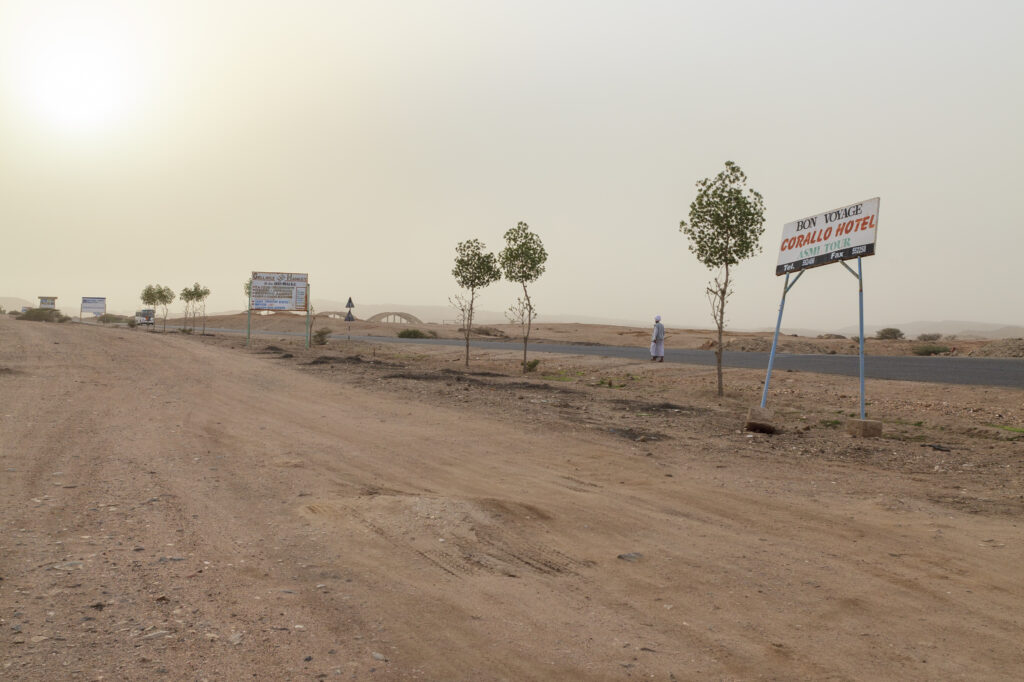
Q1: What made you want to become a photographer?

As a young boy, my grandad introduced me to cameras, both still and super 8. We would go out into London, take bus rides and wander around the famous sites – Changing of the Guard at Buckingham Palace, Tower Bridge, Big Ben, St Pauls Cathedral. My grandad would shoot away and at the same time show me how the film was loaded, and the cameras worked. Once developed he would then put on a slide and projector shows for the family. I remember it all being very magical and am always taken back to those moments by the smell of old slides and the whir of a projector. In this sense, photography and cameras have always been naturally present and a part of my life from that early age. At one point I did have an interest in movie making and film cameras. I attended a film school and completed a Director and Cinematography course however, my desire was to be an artist and painter. When I was 14 a school visit to London’s National Gallery left a lasting impression, specifically ‘Wheat Field with Cypresses’ by vincent Van Gough and ‘Surprised’ by Henri Rousseau. I had never seen and experienced anything like it and was in awe of these images and how they were created. I bought postcards at the gallery shop and studied them for hours eventually creating my own artwork. Since that moment art, in its many forms, has flowed into my life – Pollock, Picasso, Miró, Mondrian, Dali, Duchamp, on and on. The fascination never stopped and continues to grow. I took a very varied path before I eventually reached a point where I felt confident and comfortable introducing myself as an artist. I was in my early 30’s and I would say a highlight of that period was in 2005 and an invitation to Italy by Doris Anna Kovacs and Felice Limosani, the then creative team of LUISAVIAROMA.
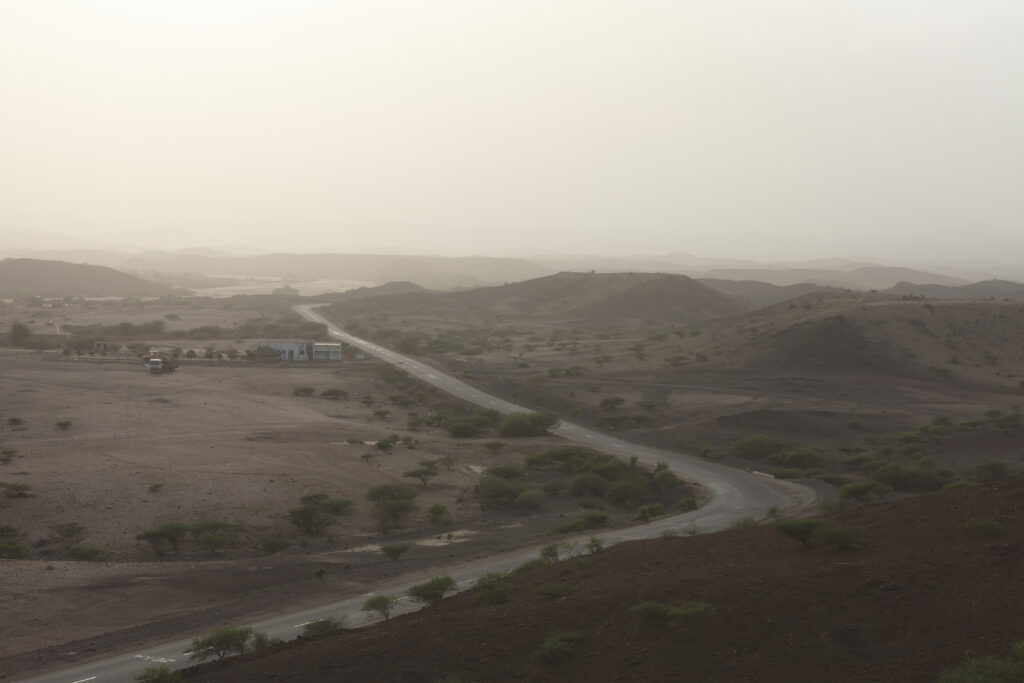
I was given free rein to paint my characters inside the luxury fashion stores windows, walls and ceiling, all for an event during Pitti Uomo. It was a new world for me and quite the spectacle, attended by important and influential people from the world of fashion. I will be forever grateful to Doris and Felice for their forward vision and trust as that fantastic event helped set a path for where I am today.
I then moved to Switzerland in 2008 and it was at this time that the camera and photography took a natural forward step. I developed a passion for exploring the magnificent Swiss scenery, in particular the alpine mountains and passes. For me, a camera was the logical tool to create powerful landscape images, dramatic images that would perhaps provoke an emotion, pose a question or hopefully make people pause for a moment. Someone who elicits the same emotion for me is German – American painter Albert Bierstadt. The depiction of light in his Swiss landscape works, ‘Storm in the Mountains’ and ‘Piz Bernina and Staubbach Falls, Near Lauterbrunnen’, are truly captivating. Bierstadt’s paintings always come to mind when I’m out on hikes with the camera up in the mountainous backyard.
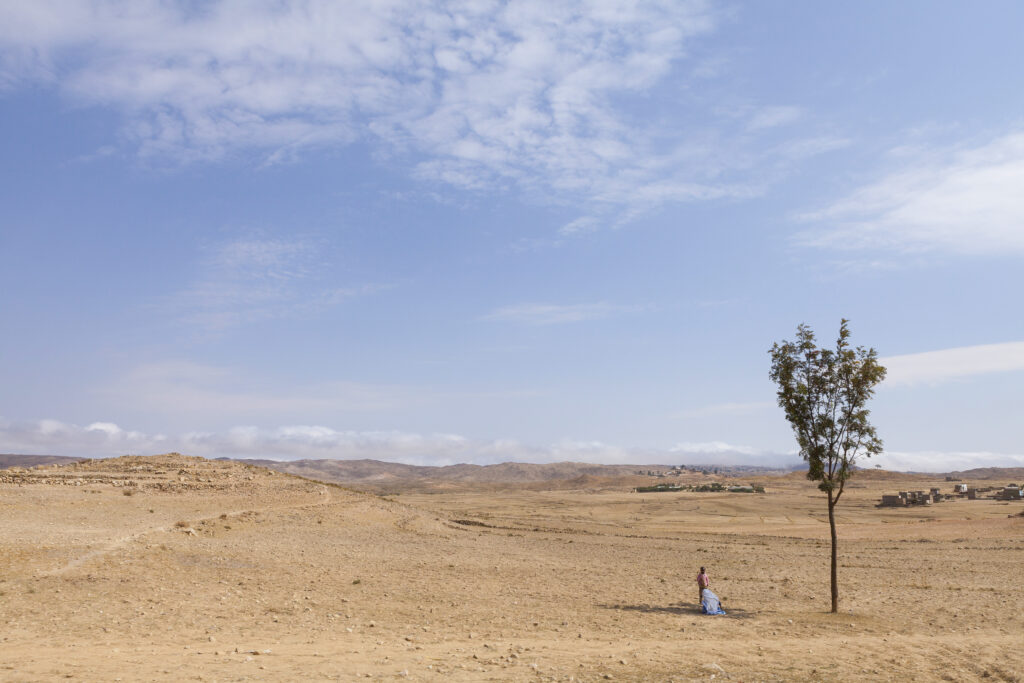
My passion for photography grew further. I had great encouragement from friends who work in the creative world and opportunities unfolding and presenting themselves organically. I consider myself fortunate in this regard and also in crossing paths with some dynamic and interesting people with whom I’ve enjoyed wonderful experiences. One of which was a project in 2011 and a trip to Eritrea accompanying professional cyclist Patrick Seabase and his attempt to ride a brakeless, fixed gear bike from the capital city of Asmara to the Red Sea port town of Massawa.
Q2: Through your photographic eyes, what would you say Eritrea is really like?
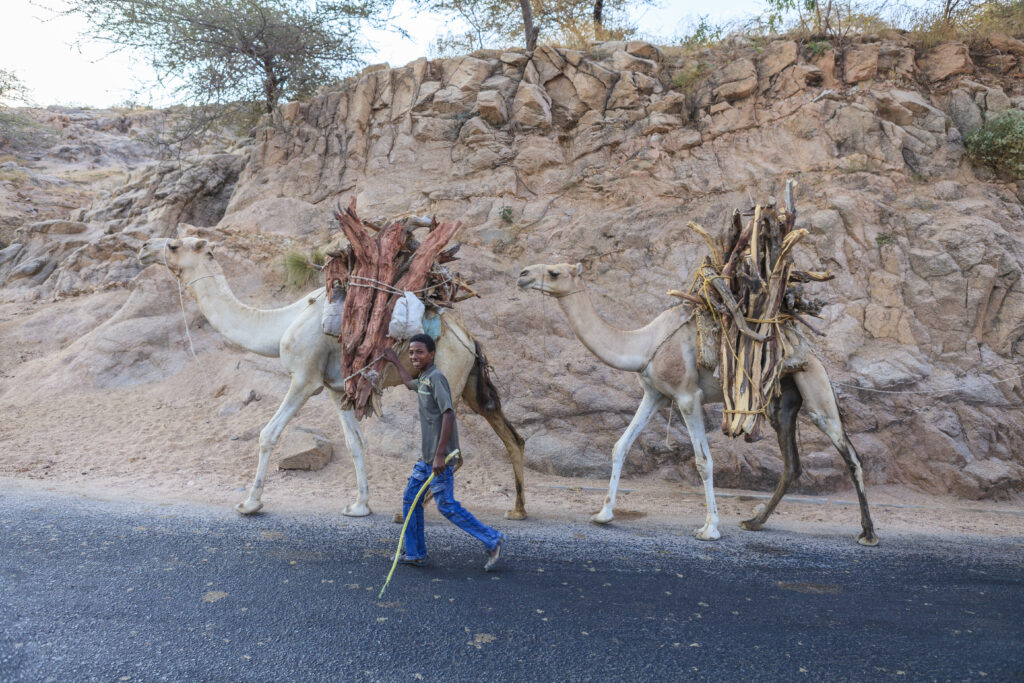
I had never been to Africa and purposely choose not to read up about the country before visiting. I was aware of the war and that it was off the beaten path however I wanted to discover the place for myself, feeling that too much knowledge would remove that sense of discovery and restrict or misguide what is to be experienced first hand. Eritrea was for me a visual feast. Such a diverse landscape and topography between the highlands and lowlands. Altitude ranges from 0 to 3,300 meters above sea level all within a three-hour drive from the capital, which is on a plateau at 2,325 meters. You can experience three different climate zones. Asmara itself is vibrant and rich with life. Architecture from its country’s past as an Italian colony is around every corner, there are many buildings of interest, like the various cafes and old stores. It’s the mixed bag of influences from Turkish, Egyptian and Italian that makes a very unique experience. Upon heading out of the city to the edges of the plateau the landscape drops away below you and it’s truly breathtaking.

Venturing down the winding tarmac roads you pass through tropical landscapes, bushland and then out into the arid desert, all the while people and villages constantly changing until you reach the red sea coast and the port of Massawa. I enjoyed the places between cities and towns, the deserted roads and mountain passes, hairpin bends, small stores, rest places and tiny villages. All of these are normally passed by quickly and then forgotten however, for me they held a sense of attraction and curiosity.
Q3: Did you face any form of restrictions while documenting Eritrea?
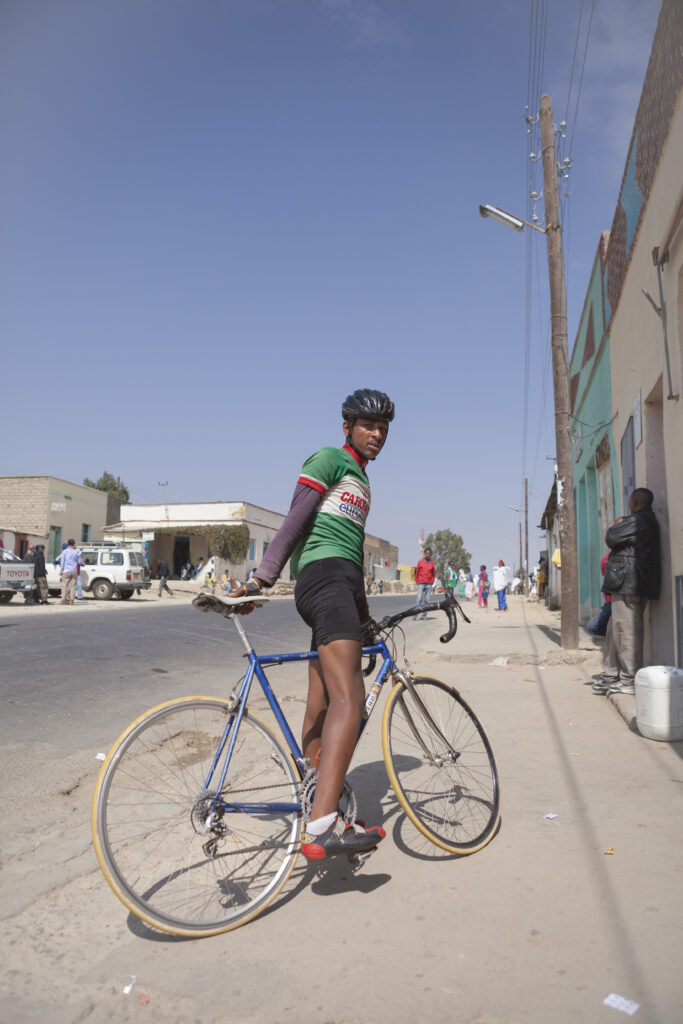
Eritrea is a restricted destination and being able to travel around the country as freely as we did for this project was not the easiest thing to arrange. A big thank you goes to the hard work, connections and negotiations of Arci Friede, the producer. Because of this, we were allowed to leave the capital and explore the countryside, all be it in an organised and scheduled way. Some locals and our drivers helped out with the flow of the journey and dealing with the visa to leave Asmara. There were also a few check-ins, check out points at Keren. Some instructions and common sense advice were given out beforehand, mainly regarding obvious no-go areas such as the border, military bases etc and extra awareness for land mines when out of the vehicles on foot, off-road, and outside in remote villages areas etc… it was after all only ten years since the signing of the Algiers Agreement marking the end of terrible wartime hostilities.
Q4: How do you feel when making these images?
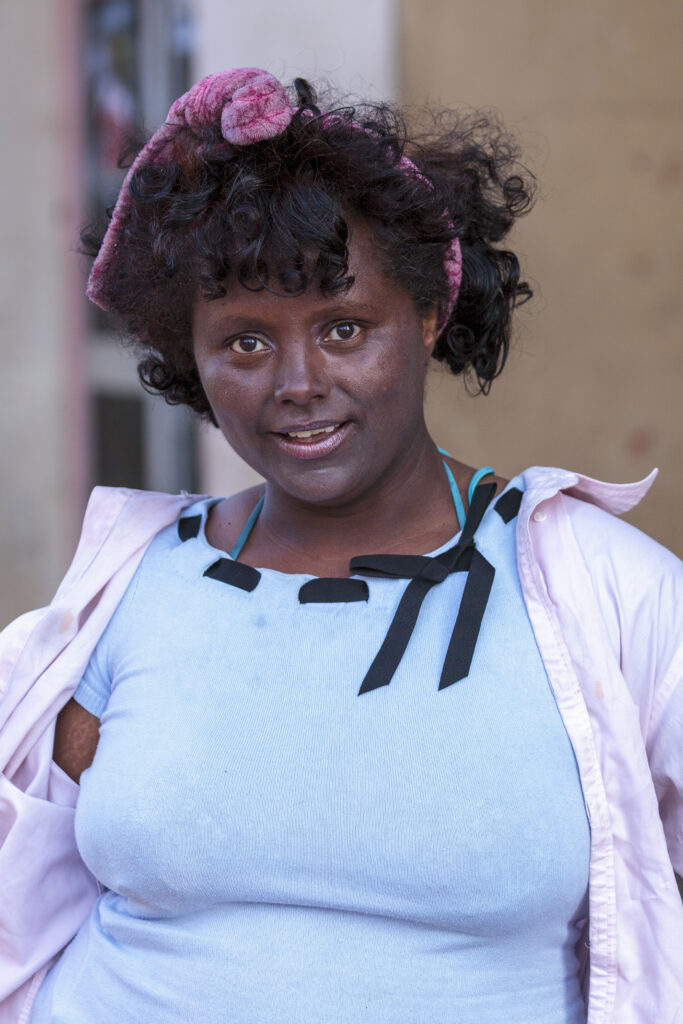
I was there in a project bubble so my focus was on helping provide images telling that story of the cycling journey. Outside of this, with moments I had to myself, I would look around with different eyes. It’s a ‘real observational feel’ and never forced, accompanied by a mix of ethics and morals depending on the frame. Situations and people presented themselves… The Eritrean’s I met were warm and welcoming. For example, a roadside stop led to a fun conversation with some brightly dressed women waiting for a bus. All these fantastic colours in the middle of the arid landscape just popped out. They were curious about what I was doing and why I was there, and it resulted in a natural exchange and an image of them waiting for the bus. The smiles and laughter upon seeing the image afterwards were a great memory to take away.
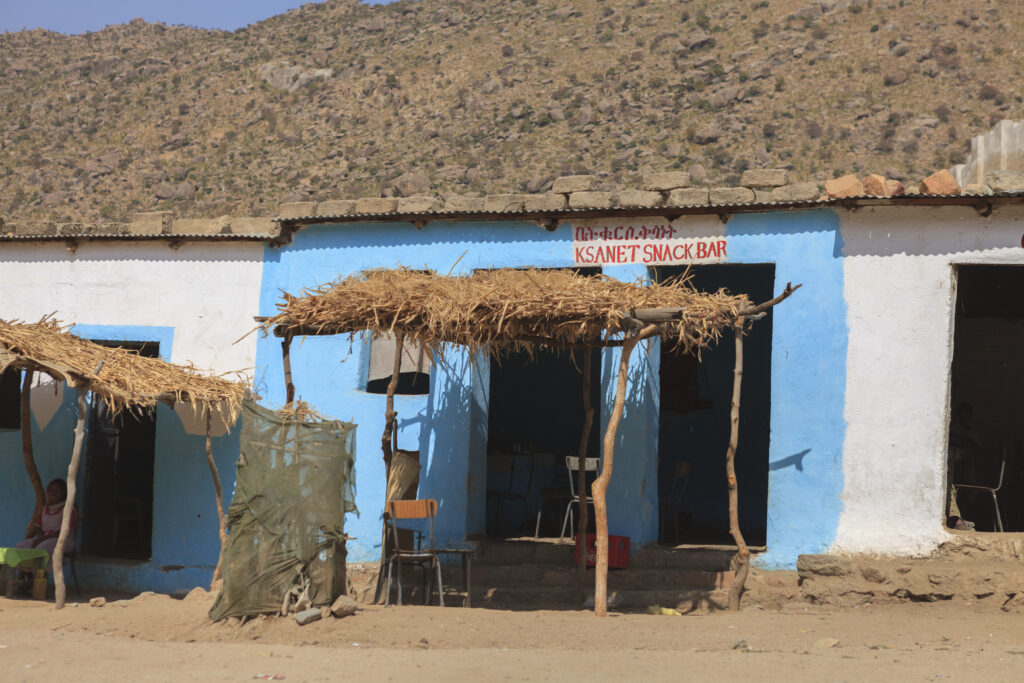
Q5: Are there other photographers that inspire your work?
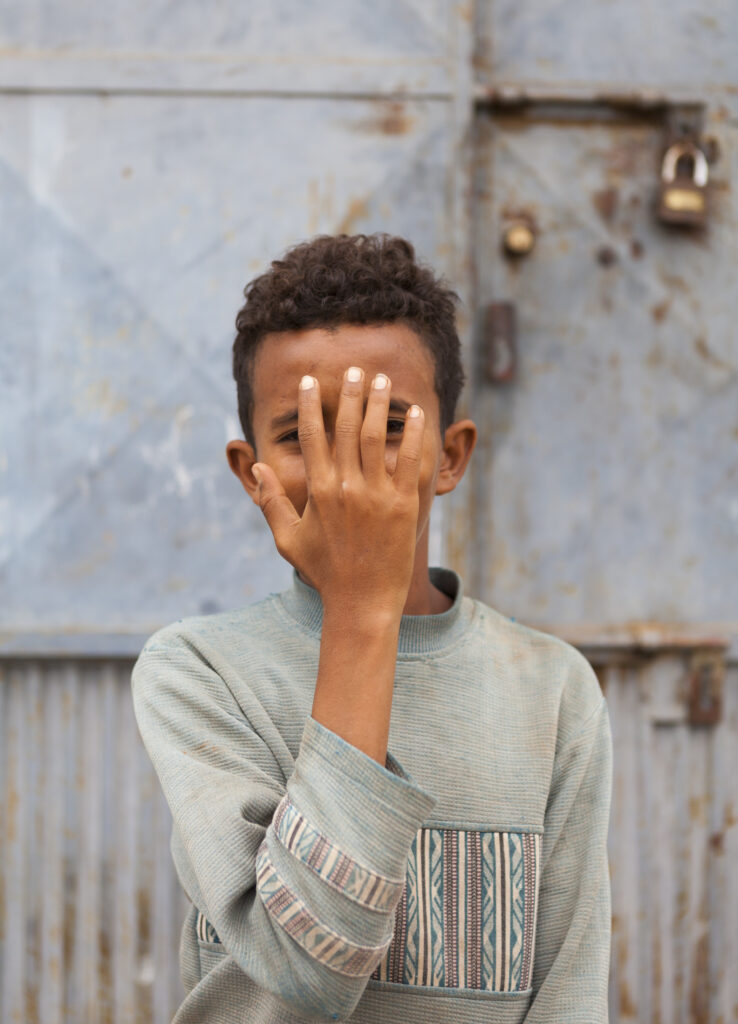
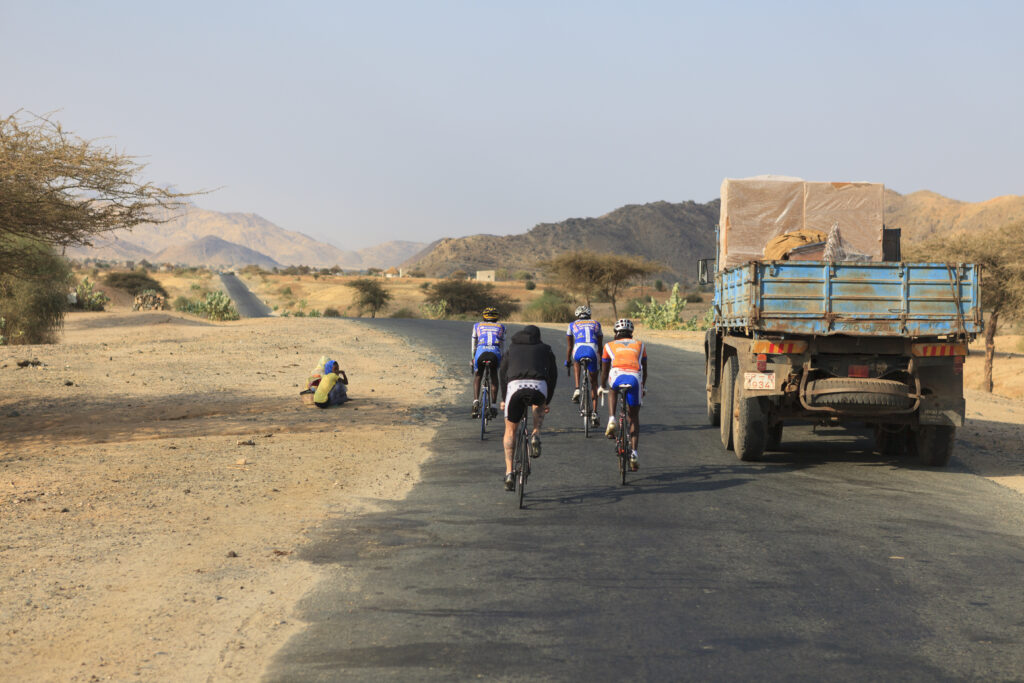
My earliest memories of images that left an impact and were influential are from the ’50s, 60’s and 70’s old nature, travel and history books. National Geographic magazines, record covers and historic war and adventure films. I particularly remember being captivated by National Geographic magazine. Once there was a cover shot of a man with lava exploding into the air behind him. I was fascinated by how the man and photographer had got there and was excited by the whole danger of their situation. Many years later I discovered that it was a photograph of a geologist and a fountain of molten lava spouting from Hawaii’s Mauna Ulu by staff photographer Robert W. Madden.
My biggest influence though is not a photographer but a film by Sir David Lean, the English film director, producer, screenwriter and editor. His 1962 story of Lawrence of Arabia.
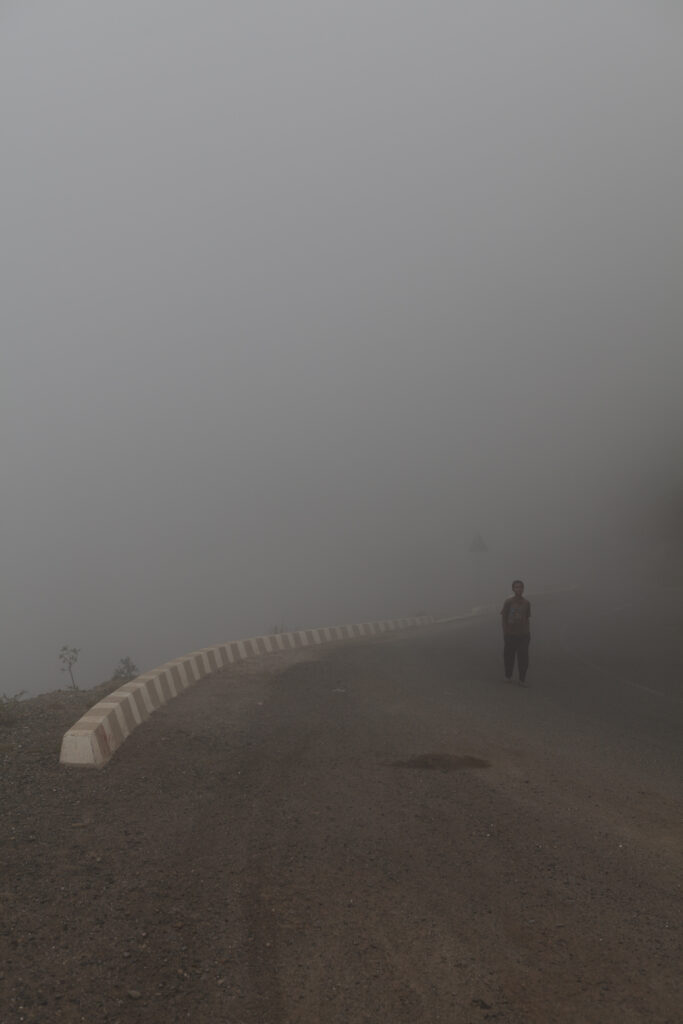
I was around 12 years old when I first saw this film and had never experienced anything quite like it. Shot on a Super Panavision-70 Camera with Eastman Kodak film and Freddie Young as cinematographer, every frame for me is simply stunning. I was mesmerised by the richness of colours, the vast empty desert backdrops, the actors’ closeups, action scenes, all complemented by the amazing cinematic score by Maurice Jarre. As a boy, it transported me to a life and world far away from my own and left a lasting impression that has been present throughout my life. So much so that my son is named Lawrence.
